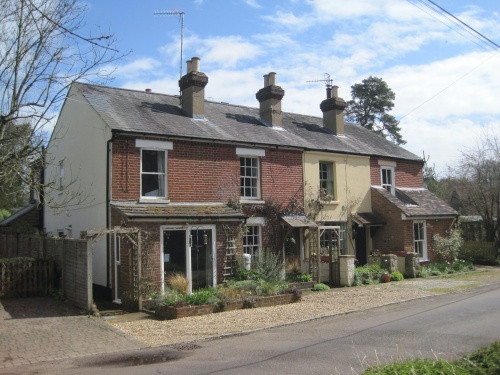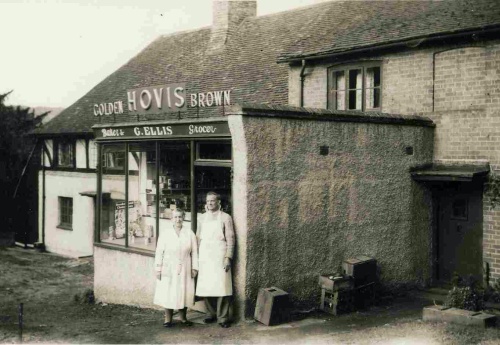Philip's interest in local history research moved from bring a hobby to a profession, largely thanks to Ken and Jean Miller of South Cottage who commissioned him to research and write a history of their house in the 1990s.
It went well and the story of Barber’s Cottage, as it was known for centuries, was traced back to the late fifteenth century when the property (but not the same building) was owned by Robert Barber.
Ken and Jean recently asked if he and Sally could bring the history up to date in the light of new information and a copy of it can be found below, along with some other Compton commissions:

The almshouses (pdf)
The almshouses were the home of some of the poorest of Compton's inhabitants until the mid nineteenth century.

South Cottage (pdf)
Until the late nineteenth century, this house was known as Barbers Cottage and its history can be traced in the records of the manor of Compton Westbury back to the late fifteenth century.

The Grange (pdf)
The Grange was the Compton parsonage for many centuries until the time of the First World War.

The Old Forge (pdf)
The house and its outbuildings were the home of the village smithy since at least the seventeenth century.
Although subsequently extended in the sixteenth and eighteenth centuries, it started life as a tiny two-bay medieval hall house and is one of the oldest dwellings in the parish.

Poplar Cottage (pdf)
Originally an encroachment on the waste of the manor of Westbury, the owner of Poplar Cottage was granted a lease by the lord of the manor in the eighteenth century.

Puttock's Cottages (pdf)
These cottages were built in the 1880s but are not the first dwellings on the site. Like other houses around the common, the settlement started an unauthorised squat on the waste of the manor of Westbury.

Westbury Manor (pdf)
Westbury Manor was the meeting place of the court of the manor of Westbury for hundreds of years.
During that time it was the home of tenant farmers who were obliged to host the annual meeting of the manor court and to provide a meal for all those who attended.

Lynam's (pdf)
This house was the village shop for many years in the nineteenth and twentieth centuries and was also a public house in the late sixteenth century.
Known as Bakers Cottage until recently, its ancient name was restored as a result of this research.